| Minoan Writing on Clay Tablet |
|---|
| www.studenthandouts.com ↣ World History ↣ Ancient Greece ↣ Images of Ancient Greece |
Clay Tablet from Crete Showing Minoan Writing: The Minoans (Cretans) are named after a series of kings called Minos. Along with the Indo-European Hellenes who invaded the Peloponnesus (the Greek peninsula) from the north, the Minoans are the ancestors of the ancient Greeks. While Linear B (the later version of Minoan writing) was deciphered by Michael Ventris in 1952, Linear A remains undeciphered. Click here to enlarge.
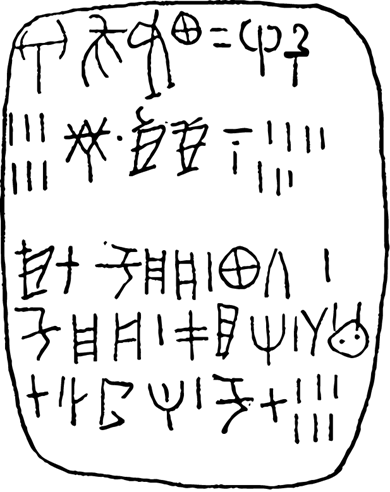 Linear A is an ancient script that was used by the Minoan civilization on the island of Crete during the second millennium B.C.E. The mystery of Linear A lies in the fact that it has not been deciphered to date. Here are some key aspects of this intriguing mystery.
Linear A is an ancient script that was used by the Minoan civilization on the island of Crete during the second millennium B.C.E. The mystery of Linear A lies in the fact that it has not been deciphered to date. Here are some key aspects of this intriguing mystery.
Undeciphered Script: Linear A is a syllabic script that was used for writing the language of the Minoans. Despite many efforts by scholars and linguists, it has proven to be one of the last remaining undeciphered writing systems from the ancient world. Minoan Civilization: The Minoans, who thrived on Crete from around 2700 to 1450 B.C.E., are known for their advanced culture, including impressive art, architecture, and maritime trade. Linear A is one of the few sources of written evidence from this civilization. Similarities with Linear B: Linear A shares some similarities with another script called Linear B, which was used by the Mycenaean civilization on the Greek mainland. Linear B has been successfully deciphered, revealing it to be an early form of Greek. However, Linear A is a different and unrelated script, posing unique challenges for decipherment. Limited Texts: The number of Linear A inscriptions is relatively limited, and most of them are found on clay tablets and artifacts. The scarcity of texts, combined with the lack of a bilingual inscription (which helped decode Linear B), makes decipherment difficult. Possible Languages: Scholars have proposed various hypotheses about the language behind Linear A. Some suggest it may be related to an early form of the Greek language, while others argue that it represents a non-Greek language of the Minoans. The lack of a decipherment makes it challenging to determine the language with certainty. Phonetic and Ideographic Signs: Linear A includes both phonetic signs that represent syllables and ideographic signs that depict words or concepts. This mixture of signs adds complexity to the decipherment task. Continued Research: While Linear A remains undeciphered, scholars and researchers continue to study the inscriptions and search for clues that might unlock its meaning. Advances in technology and new discoveries may one day lead to a breakthrough in deciphering Linear A. The mystery of Linear A represents one of the most intriguing challenges in the field of historical linguistics and epigraphy. Deciphering this script would not only provide insights into the language of the Minoans but also shed light on their culture, history, and interactions with other ancient civilizations in the Mediterranean. |
 |  | 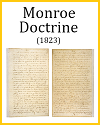 | 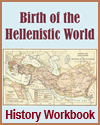 | 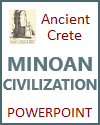 | 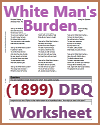 |
| Ancient Greece Books and Films | Ancient Greece Outlines and PowerPoints |
| Ancient Greece Maps and Pictures | Ancient Greece Study Games |
| Ancient Greece Miscellany | Ancient Greece Worksheets |
| www.studenthandouts.com ↣ World History ↣ Ancient Greece ↣ Images of Ancient Greece |








